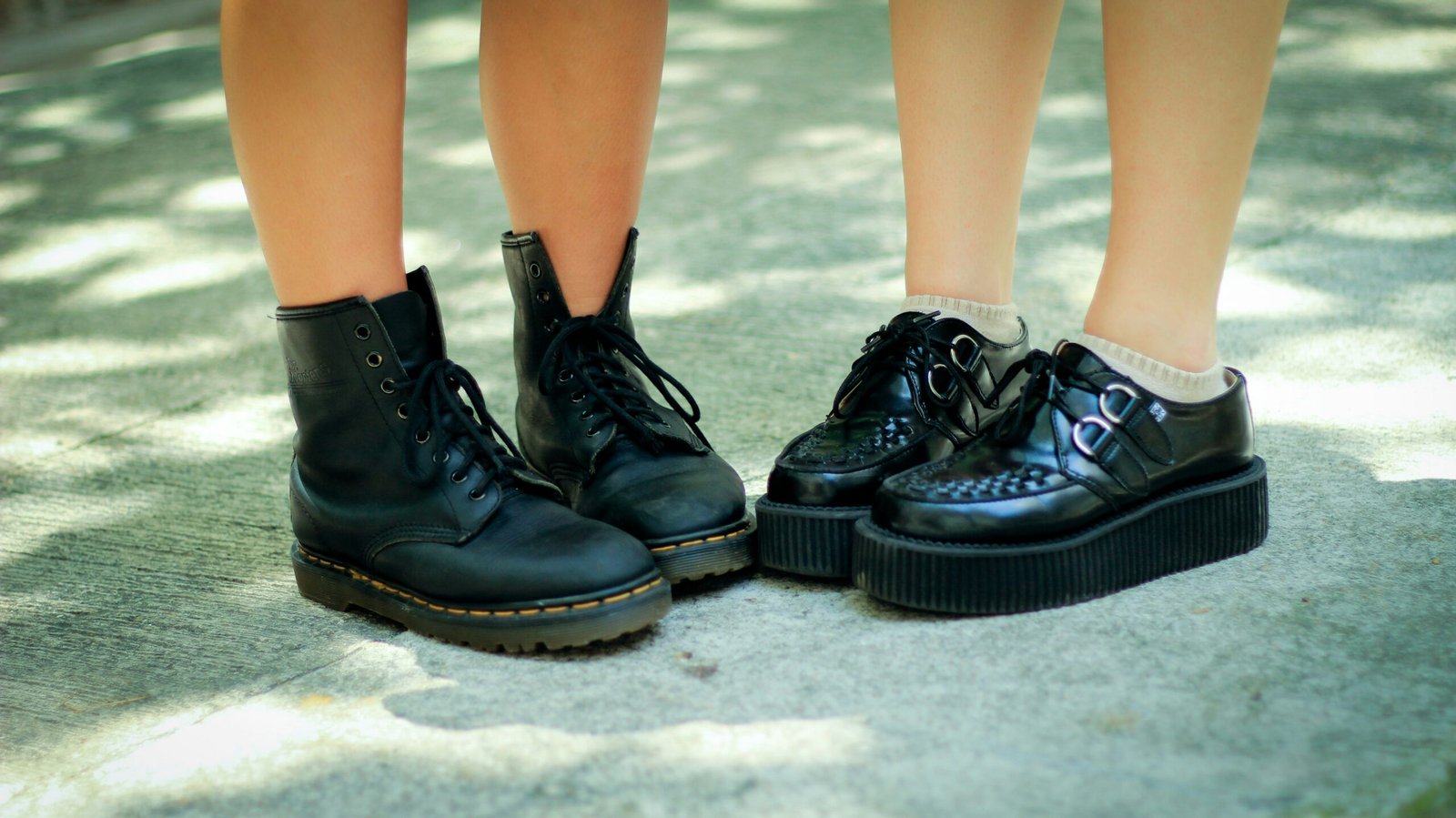Understanding the Work-Leisure Dynamic in Fashion
The intersection of work and leisure in fashion reflects more than just a clashing of styles; it demonstrates how distinct environments shape clothing preferences and choices. Workplace attire is generally characterized by professionalism, often adhering to codes that require tailored suits, conservative cuts, and subdued colors. These conventions foster an atmosphere of respect and focus, creating an expectation for individuals to present themselves as competent and serious. In contrast, leisure attire often prioritizes comfort and personal expression, allowing for a more relaxed approach that showcases individual taste, creativity, and a carefree spirit.
Fashion decisions within a professional sphere typically hinge on societal expectations and potential implications on career advancement or reputation. Professionals are frequently assessed based on their appearance, leading to the adoption of styles that align with industry standards. The importance of dressing appropriately is underscored by studies suggesting that appropriate workplace attire can significantly enhance perceptions of competence and authority. This dynamic illustrates how clothing choices are not merely superficial; they wield substantial influence over workplace interactions and personal confidence.
Conversely, leisure dressing offers a broader scope for personal exploration and expression. Casual settings invite people to experiment with bold colors, trendy silhouettes, and innovative combinations that reflect their unique personality. This freedom cultivates a sense of individualism and comfort in one’s skin, which can lead to feelings of happiness and authenticity. The psychological impact of leisure dressing often contributes positively to mental well-being, allowing individuals to decompress and rejuvenate after the rigors of professional life.
Balancing these contrasting styles involves an understanding of the work-leisure dynamic, where adapting one’s personal style can lead to enhanced confidence in both realms. Recognizing when to uphold professional standards while cultivating personal creativity is essential in achieving harmony between work and leisure fashion.
Essential Elements of Work-Appropriate Attire
Creating a professional wardrobe requires an understanding of the various styles that typify work-appropriate attire. The primary categories include business formal, business casual, and smart casual. Each of these styles plays a crucial role in how one projects professionalism while allowing room for personal expression.
Business formal is often the most conservative attire, suitable for high-stakes environments such as law firms or corporate boardrooms. This style typically features tailored suits for both men and women, incorporating high-quality fabrics that convey an image of sophistication. Choosing classic colors such as navy, gray, or black enhances the timelessness of a business formal outfit. Moreover, careful attention to fit is essential; garments should neither be too tight nor too loose, as this can affect both comfort and appearance.
Transitioning to business casual offers a bit more flexibility. Here, one can substitute traditional blazer and dress shirt combinations with more relaxed yet polished options. Think of dress trousers coupled with a smart blouse or polo shirt, allowing for creative expression while maintaining professionalism. When selecting items for a business casual wardrobe, fabric quality remains paramount. Opting for materials such as cotton blends or lightweight wool can ensure both style and comfort throughout the workday.
Smart casual attire serves as a bridge between professional and relaxed environments. It opens the door to incorporating fashionable pieces like tailored jeans paired with a chic top or a structured blazer. This style thrives on versatility, making it easy to transition from work meetings to evening engagements. Color choices play a significant role in smart casual; for instance, integrating vibrant hues or pattern accents can inject personality into one’s outfit without sacrificing style.
In conclusion, the key components of a professional wardrobe hinge on understanding the distinct categories of work-appropriate attire. Employing the right fit, quality fabrics, and thoughtful color selection can create a stylish image that is not only appropriate for work but can seamlessly transition to leisure. By carefully curating essential pieces, one can strike the perfect balance between professionalism and personal style.
Incorporating Leisure Wear into Your Wardrobe
In recent years, the boundaries between work attire and casual wear have become increasingly blurred, leading to the emergence of athleisure and casual chic as viable fashion options for professional settings. These styles emphasize comfort without compromising on professionalism, allowing individuals to incorporate leisure wear into their wardrobes effectively. The key to achieving this balance lies in selecting pieces that are versatile and appropriate for the workplace.
One way to incorporate leisure wear into professional outfits is by choosing tailored joggers. These soft yet structured pants offer a contemporary alternative to traditional trousers. When paired with a crisp button-down shirt or a smart blouse, tailored joggers can create a polished look that feels relaxed yet sophisticated. Opting for joggers in neutral or muted colors can enhance their professional appeal, ensuring they align with workplace norms.
Another excellent option for blending leisure wear into work outfits is the relaxed blazer. This piece retains the formal characteristics of a traditional blazer but is designed with softer fabrics and a more effortless fit. By layering a relaxed blazer over a simple tee and accompanied by tailored joggers or dark jeans, individuals can achieve a chic, business-casual look that maintains style and comfort throughout the workday.
In addition, the importance of breathable fabrics cannot be overstated, especially in dynamic work environments. Materials such as cotton, linen, and moisture-wicking blends provide comfort during long hours, promoting personal expression through fashion without sacrificing professionalism. Understanding the nature of one’s work environment is crucial; more formal offices may require a more subdued approach, while creative industries may embrace bolder styles.
Ultimately, successfully integrating leisure wear into your wardrobe encourages a versatile, personalized approach to fashion. Through thoughtful selections, one can navigate the convergence of work and leisure effectively, creating a style that reflects both comfort and professionalism.
Tips for Seamless Transitions: From Work to Leisure
In the ever-evolving landscape of fashion, transitioning seamlessly from work to leisure is a skill that can be mastered with thoughtful strategies. To achieve this balance, consider implementing layering techniques that allow for versatility and comfort. Start your day with a base outfit appropriate for the workplace; this could be a tailored dress or a classic blouse and trousers combination. As you progress through your day, introduce layers such as a light cardigan, a statement blazer, or a stylish scarf. These accessories not only enhance the overall aesthetic but also provide warmth and flexibility when moving to a more casual setting.
Accessories play a crucial role in facilitating smooth transitions. Opt for accessories that can shift the mood of your outfit from professional to relaxed. A structured handbag can efficiently carry your daily essentials while doubling as a stylish statement piece. Transitioning your shoes is also vital; consider wearing chic, comfortable flats at work that can seamlessly transition to trendy sneakers or elegant heels for evening events. This approach ensures that you remain stylish and comfortable without compromising on either end.
For individuals who require outfit changes throughout the day, effective packing is essential. Investing in a well-organized tote or gym bag can help you store clothing items that are ideal for various occasions. Additionally, choose fabrics that resist wrinkles and are easy to care for, ensuring your clothes maintain a polished look after being packed. Lastly, curate a wardrobe that integrates staple pieces which can be easily combined to create various ensembles. By selecting versatile essentials, you will cultivate a collection that promotes effortless transitions while expressing both your professional and personal style.


